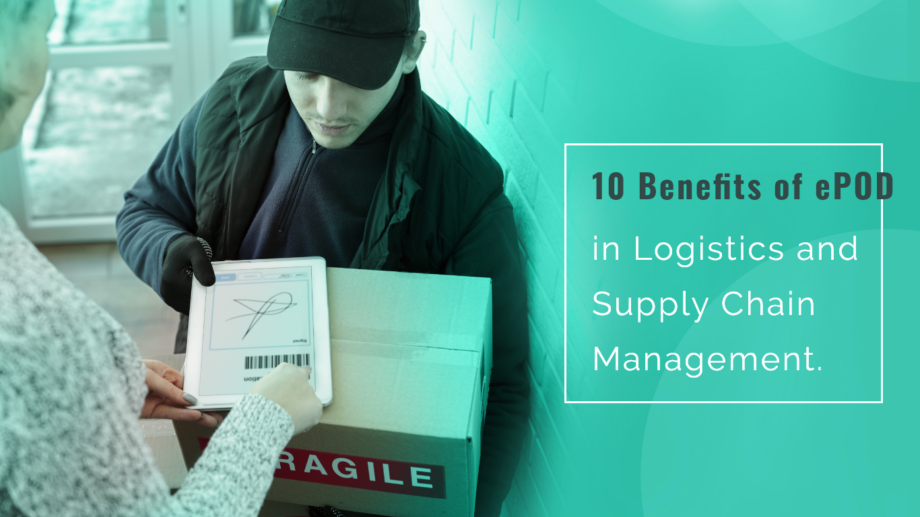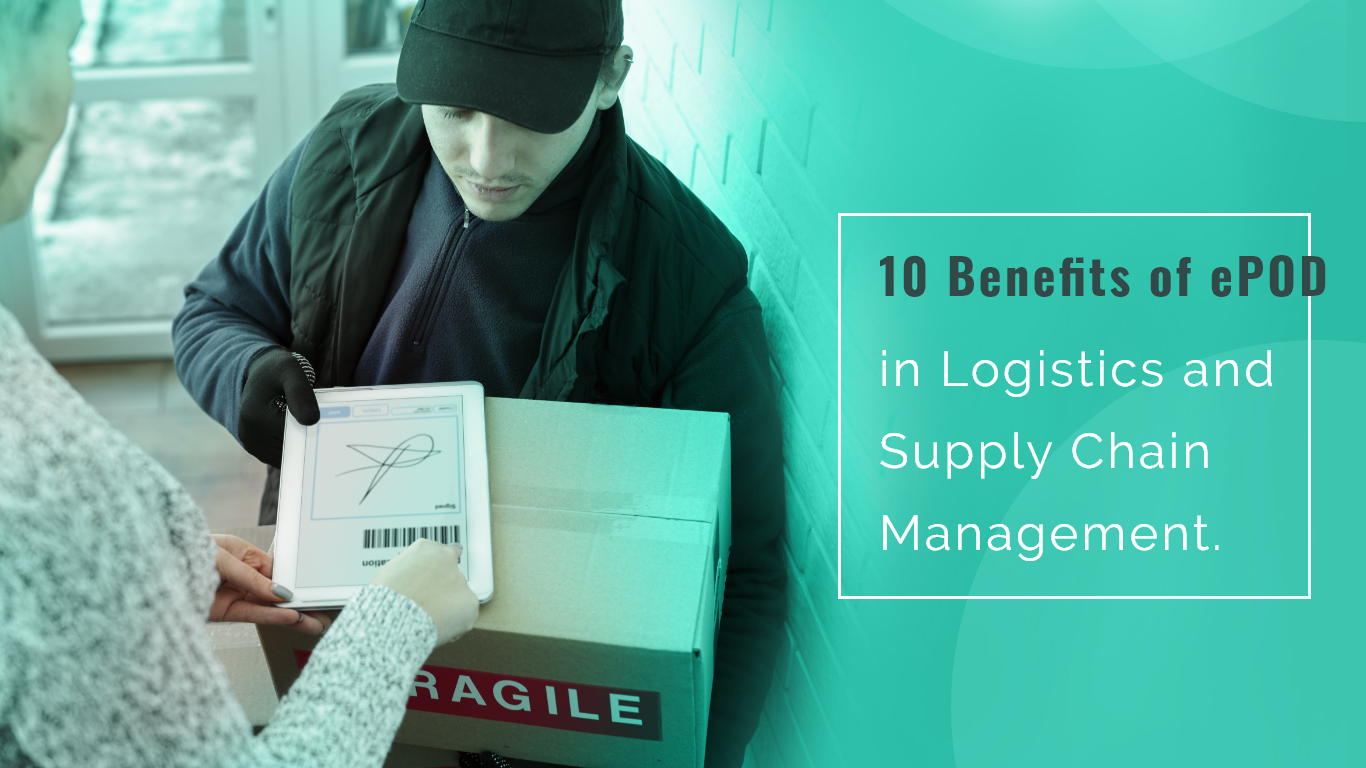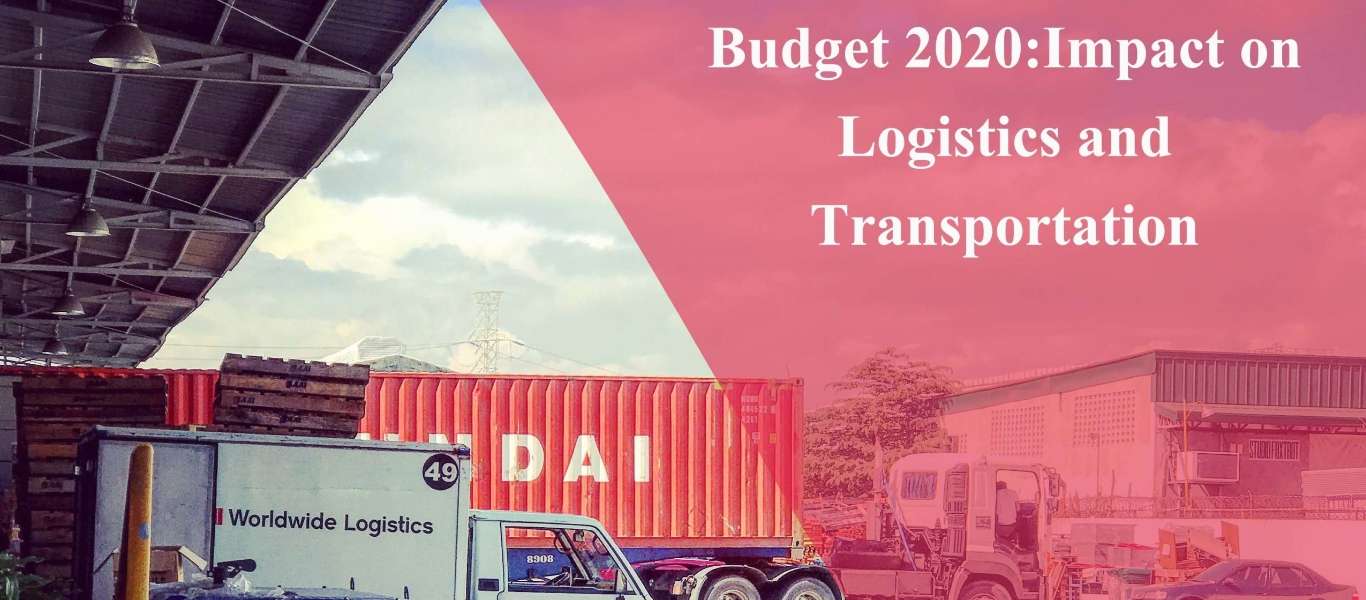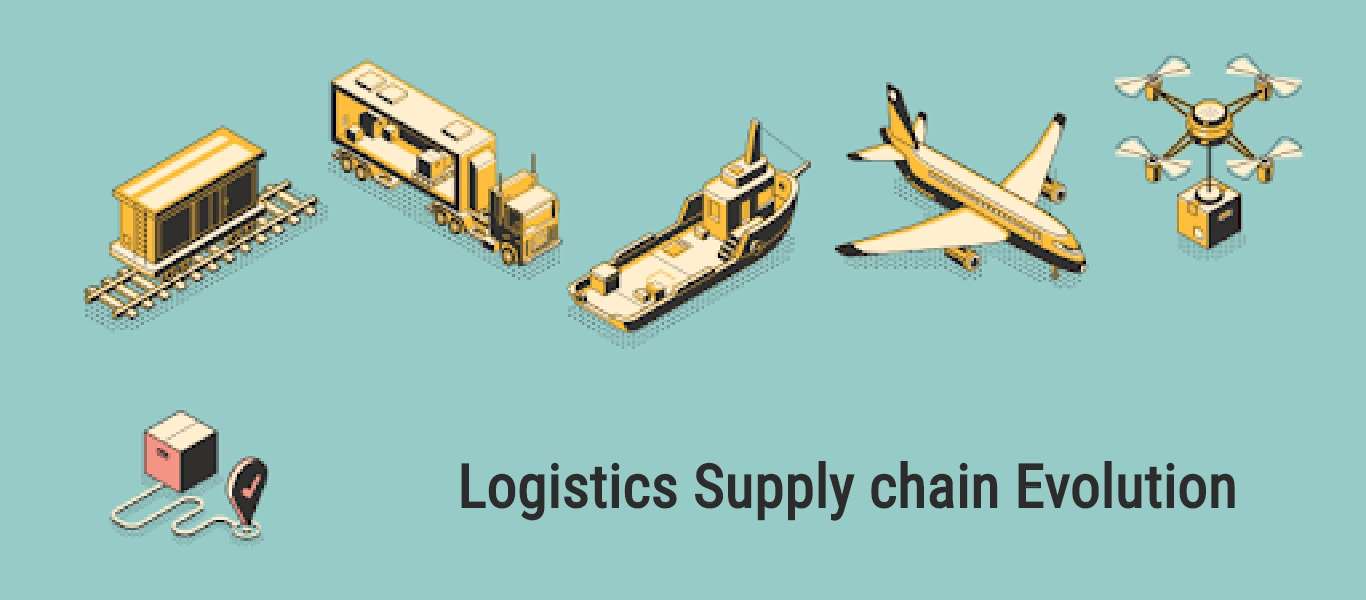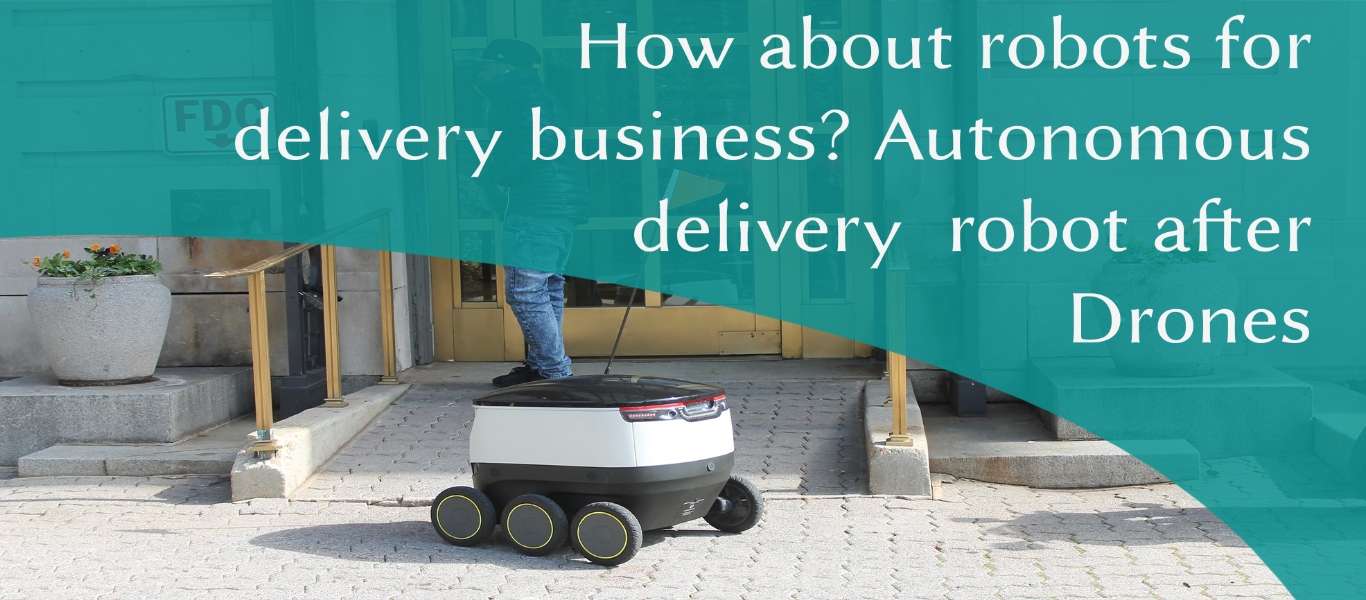The delivery industry keeps changing to meet the growing needs of businesses and customers. Technology is a big part of this change, and one cool tech thing is ePOD systems, which prove deliveries digitally. These systems have really changed how things work, especially for managing fleets, and they’re super important for all kinds of businesses. Let’s check out why ePOD systems are so great for logistics and supply chain management.
Electronic Proof of Delivery (ePOD), often referred to as ePOD, is a digital and technology-driven solution used in logistics, transportation, and supply chain management to confirm and document the successful delivery of goods or services. It replaces traditional paper-based methods of proof of delivery with electronic records and data capture. ePOD systems are designed to improve efficiency, accuracy, and transparency in the delivery process.
How Does it Work?
LogixPlatform leverages innovative technology in the following manner.
- Digital Records: Instead of depending on paper documents like receipts or invoices, LogixPlatform utilize digital tools like smartphones, tablets, or handheld devices to electronically save and manage delivery-related information.
- Real-time Data Capture: LogixPlatform allows delivery drivers or service providers to enter important details immediately. This includes information such as the recipient’s name, delivery date and time, location, and any additional comments or notes.
- Electronic Signatures: Customers can electronically sign using the touchscreen of the digital device. These digital signatures act as proof that the goods or services were received and accepted as planned.
- Photographic Evidence: Certain LogixPlatform permit users to take photos or images as extra proof. This can be beneficial for recording the condition of goods upon delivery or offering visual evidence in case of disagreements.
- GPS: LogixPlatform commonly includes GPS tracking to confirm the location and time of delivery. This ensures the accuracy of the delivery process.
- Integration: The electronic data collected via ePOD devices can be merged with backend systems such as inventory management, billing, and customer relationship management (CRM) systems. This merging automates procedures and decreases manual data entry.
- Real-time Updates: LogixPlatform frequently offers real-time notifications and alerts to both the delivery team and the organization. These updates may cover details about delivery delays, exceptions, or issues needing immediate attention.
The Benefits You Can Expect
- Improved Visibility: LogixPlatform enables real-time tracking and visibility of shipments, enabling businesses to monitor goods movement and ensure timely deliveries. This transparency facilitates better decision-making and enhances customer service.
- Error Reduction: Manual data entry is prone to errors. LogixPlatform automated data capture, reducing the risk of errors in order processing, invoicing, and reporting. This results in cost savings and improved accuracy.
- Paperless Operations: LogixPlatform eliminates the need for paper documents, reducing administrative overhead and environmental impact. By digitizing records, operations are streamlined.
- Enhanced Customer Satisfaction: With real-time updates and accurate delivery information, LogixPlatform helps meet customer expectations, leading to higher satisfaction and repeat business.
- Expedited Billing: ePOD speeds up the invoicing process by providing digital delivery records, reducing billing cycles, and enhancing cash flow for businesses.
- Route Optimization: LogixPlatform systems offer route optimization features, helping drivers find efficient routes, reducing fuel consumption, and minimising delivery times.
- Real-time Alerts: Instant notifications for exceptions or delays enable quick problem resolution, preventing costly issues from escalating.
- Cost Savings: Overall, LogixPlatform reduces operational costs through improved efficiency, decreased paperwork, and optimized routes, contributing to a healthier bottom line.
- Scalability: Whether a business is small or large, LogixPlatform solutions can be customized to specific needs and can grow with the business.
To Wrap Up
ePOD revolutionizes the logistics and supply chain sector, providing numerous advantages that enhance efficiency, cut down expenses, and boost customer happiness. It enables businesses to remain competitive in a challenging and evolving market environment. If you haven’t yet, it’s crucial to contemplate adopting an ePOD system to simplify your operations and maintain a leading edge over competitors. Embrace the logistical future today!
To book an online demo with logix Platform, click here: https://logixgrid.com/contact-us


